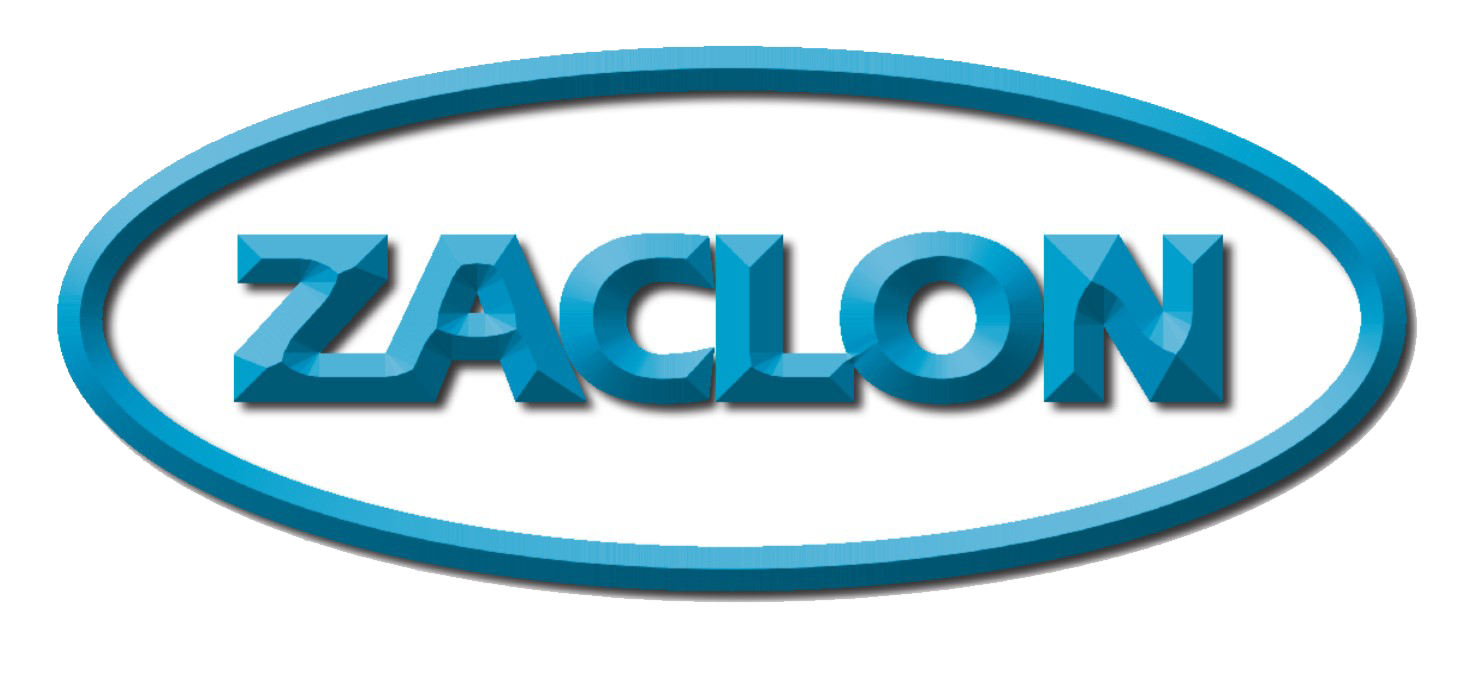Galvanizing 104
Robert M. Woods
Mechanical cleaning and “elbow grease” can take care of a number of the soils that end up on the steel as it is processed and transported to the galvanizer, but what about hidden areas, places where rivets or open welds, bolts, and inside of hollow-ware?
To get these cleaned up, a chemical dip of some sort is the best approach, whether in the form of a vapor degreasing, waterless solvent cleaning, or full-scale acid or alkaline degreasing in a water solution.
Vapor degreasing is effective, but typically for smaller parts---it simply takes a solvent such as acetone, heats it in a carefully closed system until it evaporates, then lets that vapor hit the cooler part and condense. The warm solvent can give excellent cleaning, and properly selected will leave no residue. In some cases the solvent can also be recycled. Downside, though, is keeping the vapors in the cabinet can be quite challenging; plus air permits and the like may be involved.
Similar issues appear with a dip in a waterless solvent tank; effective, but fumes can be a big issue.
Note that using a paint remover (like our Sverniciante) is actually a localized form of solvent cleaning; the compnents of Sverniciante (Italian for “Paint Remover”, not a kind of wine) are carefully selected for safety in use as an aerosol spray. Other solvent cleaning, including using kerosene to wipe of lubricants from something like tunnel liners, can also be done on a localized basis.
Both of these chemical approaches are not broadly used in the after-fabrication hot-dip galvanizing industry currently, beyond spot cleaning with paint removers. Next blog we’ll talk about the more common approaches.

